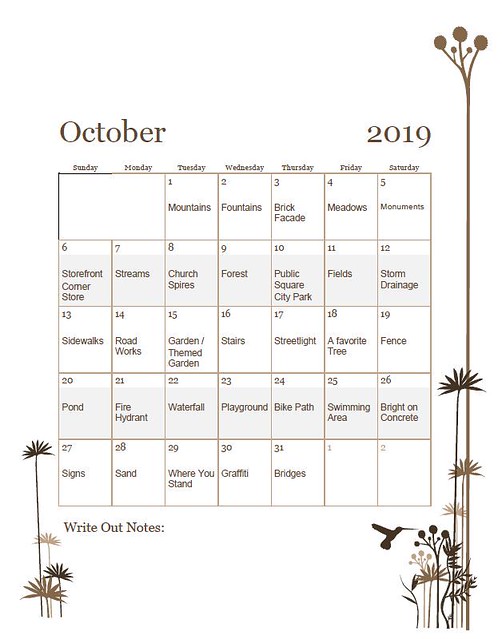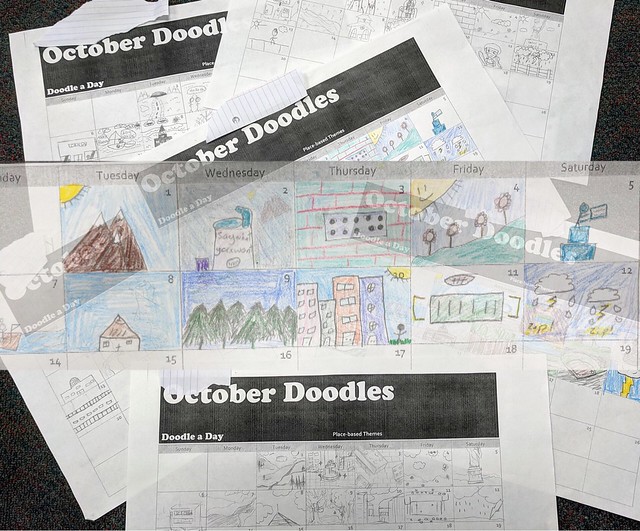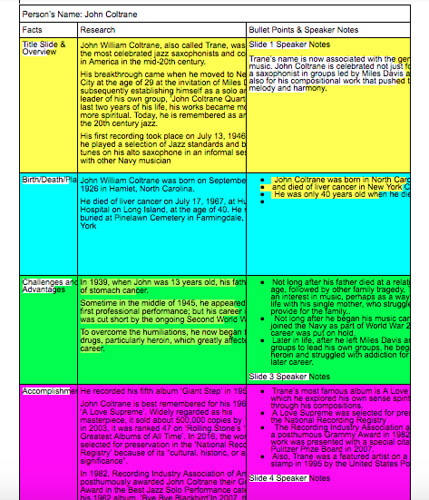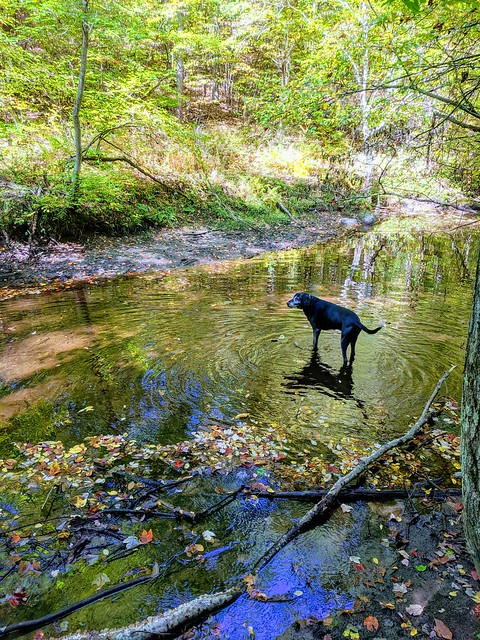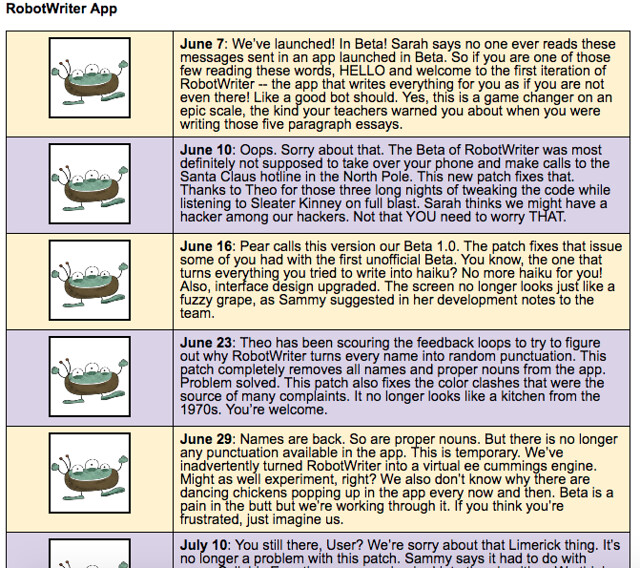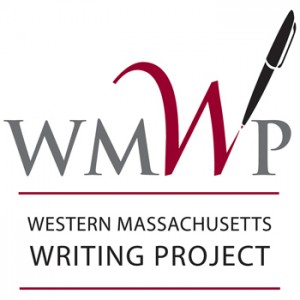 Last Saturday, at the Western Massachusetts Writing Project annual fall conference, which had the theme of “Rewriting the Script,” I sat in on some interesting workshop sessions. I’ll be doing some sharing out from the conference in the days ahead.
Last Saturday, at the Western Massachusetts Writing Project annual fall conference, which had the theme of “Rewriting the Script,” I sat in on some interesting workshop sessions. I’ll be doing some sharing out from the conference in the days ahead.
I appreciated that the presenter in this workshop entitled, with pun fun, A Game of Tomes admitted that he was still tweaking the lesson/unit plan and that he wanted us to experiment with the ideas, and give him feedback.
He explained how his inquiry project, which he started in our WMWP Summer Leadership Institute, has been looking at game-based learning, and how he hopes to liven up his classroom work around the always-tricky Parts of Speech by adopting and adapting elements of Role-Playing Games into review activities for his middle schoolers.
What he has done is created the idea of a Fantasy World, in which students first explore character attributes to determine a character for play, and then they shift into a series of activities (all connected to Parts of Speech review) that provide “experience points” which, ideally, move the player through a story of adventure. Some of the activities include a mystery story (where removing different Parts of Speech should reveal a clue to something else); map-making and direct giving; story, journal and sentence writing; and more.
I was intrigued by the plan but it still felt as if it weren’t cohesive enough in my mind. For example, it wasn’t clear even as we were playing in the conference workshop in a pilot version how we would leverage experience points for advancement in the game.
There was a fuzzy clear story arc set into motion (a narrative frame that we as a tribe lived underground and an untrustworthy character was about to lead an expedition above ground for resources, and would we join them in that journey) that we, as characters we invented, were part of. And some of the activities — like the mystery story — didn’t reveal anything; it just gave us Parts of Speech practice. You’d lose my students quickly if they did that work, only to find there was no reward to it.
Still, I can see elements that might work for my students, too, for engaging them in an adventure that embeds curriculum design for play. Of course, the dilemma is always the balance — how to make it fun without ruining the game with too much focus on “learning in school.”
The presenter was appreciative of our feedback and is continuing to work on elements of his game. I’m looking forward to seeing where his game idea ends up (and how I can steal and remix it for my own classroom).
Peace (roll the dice),
Kevin
